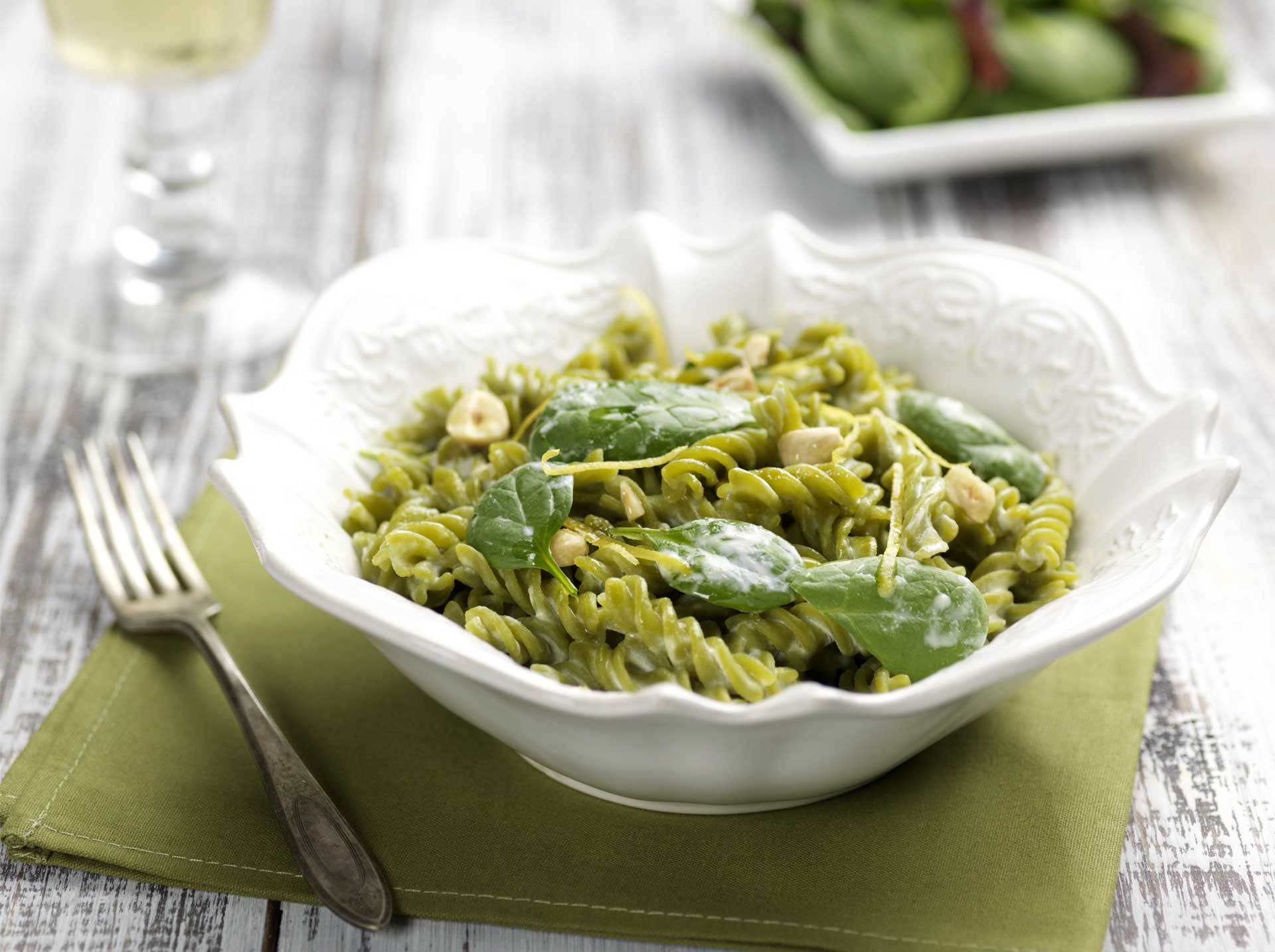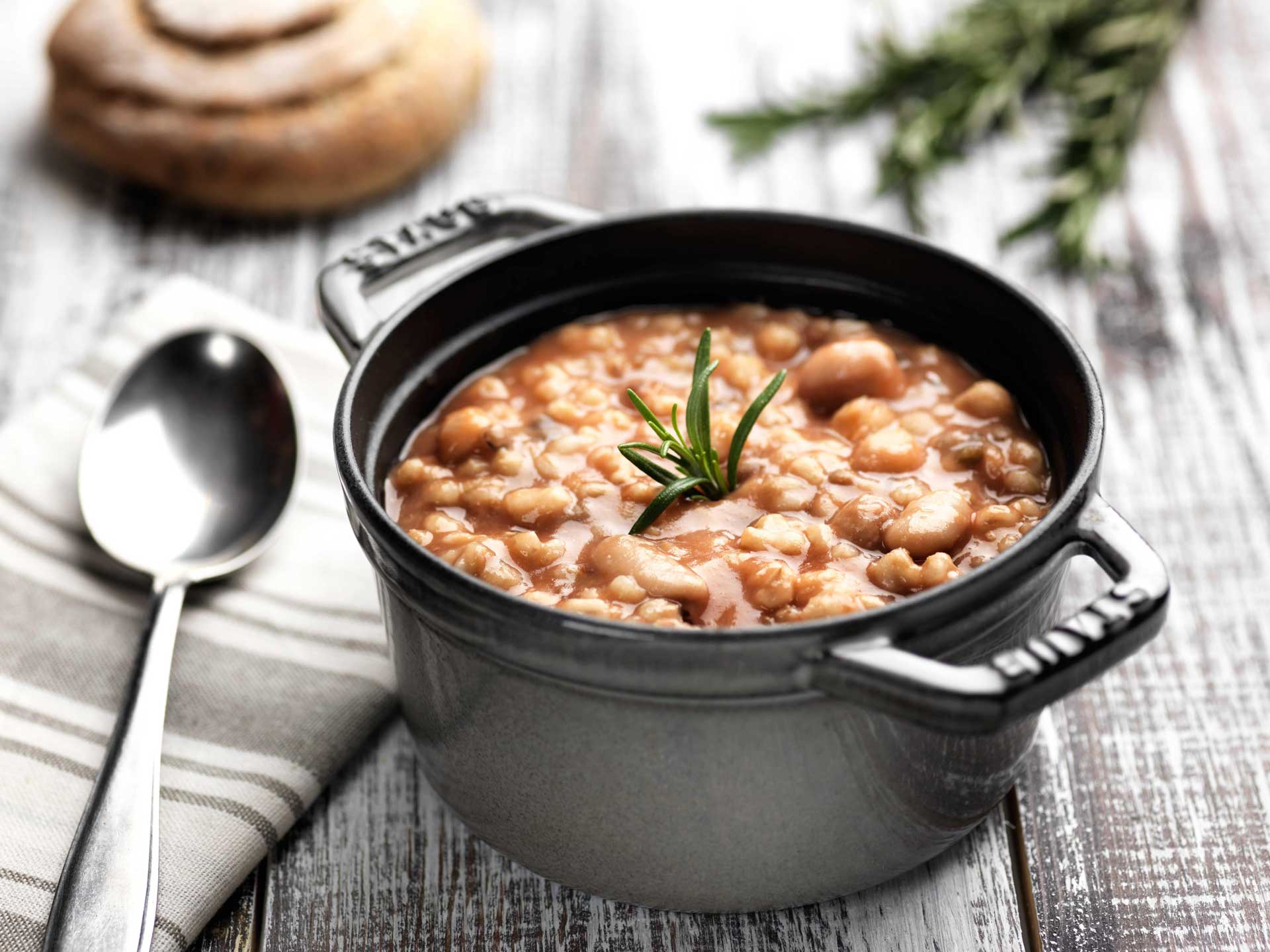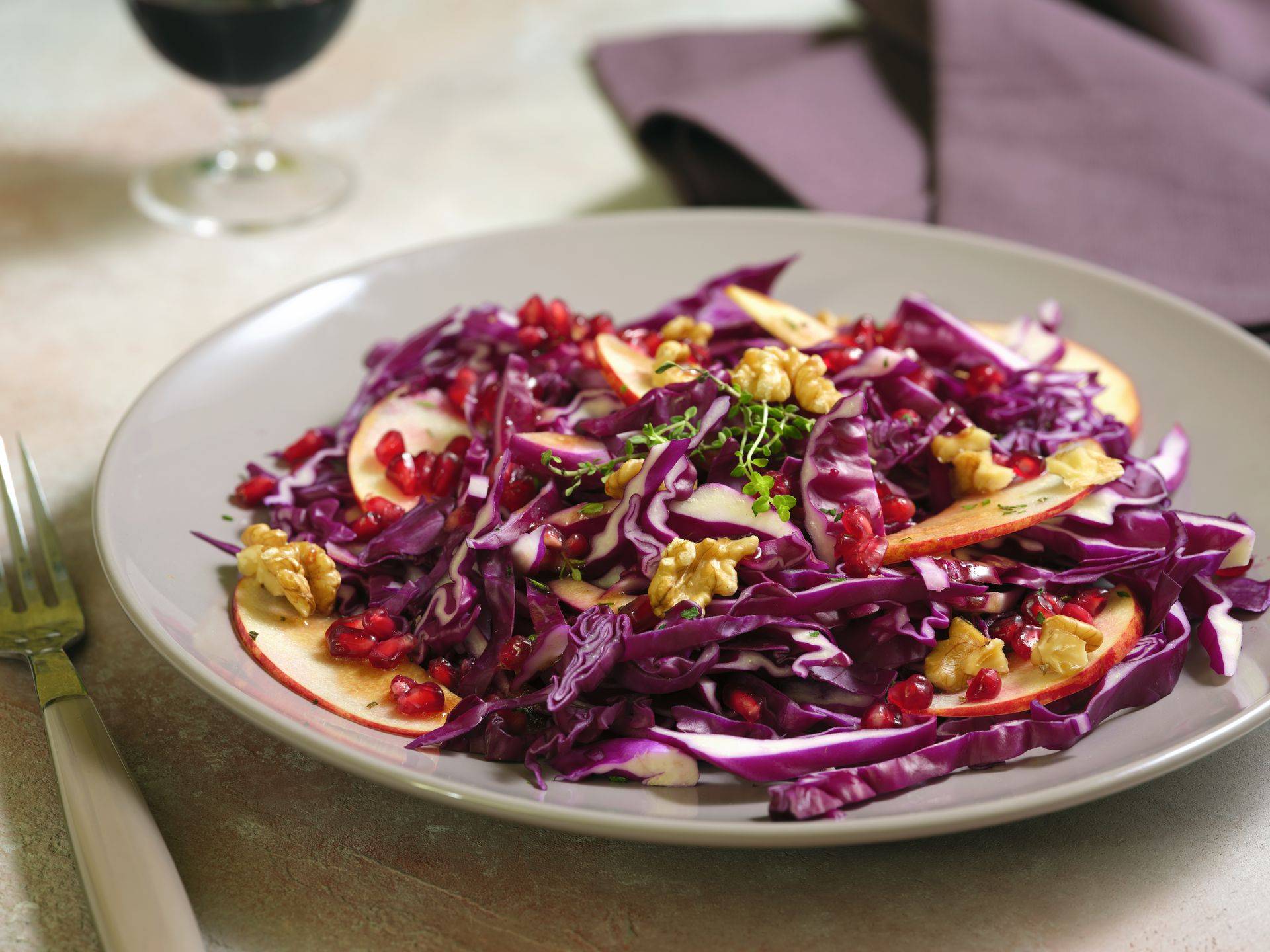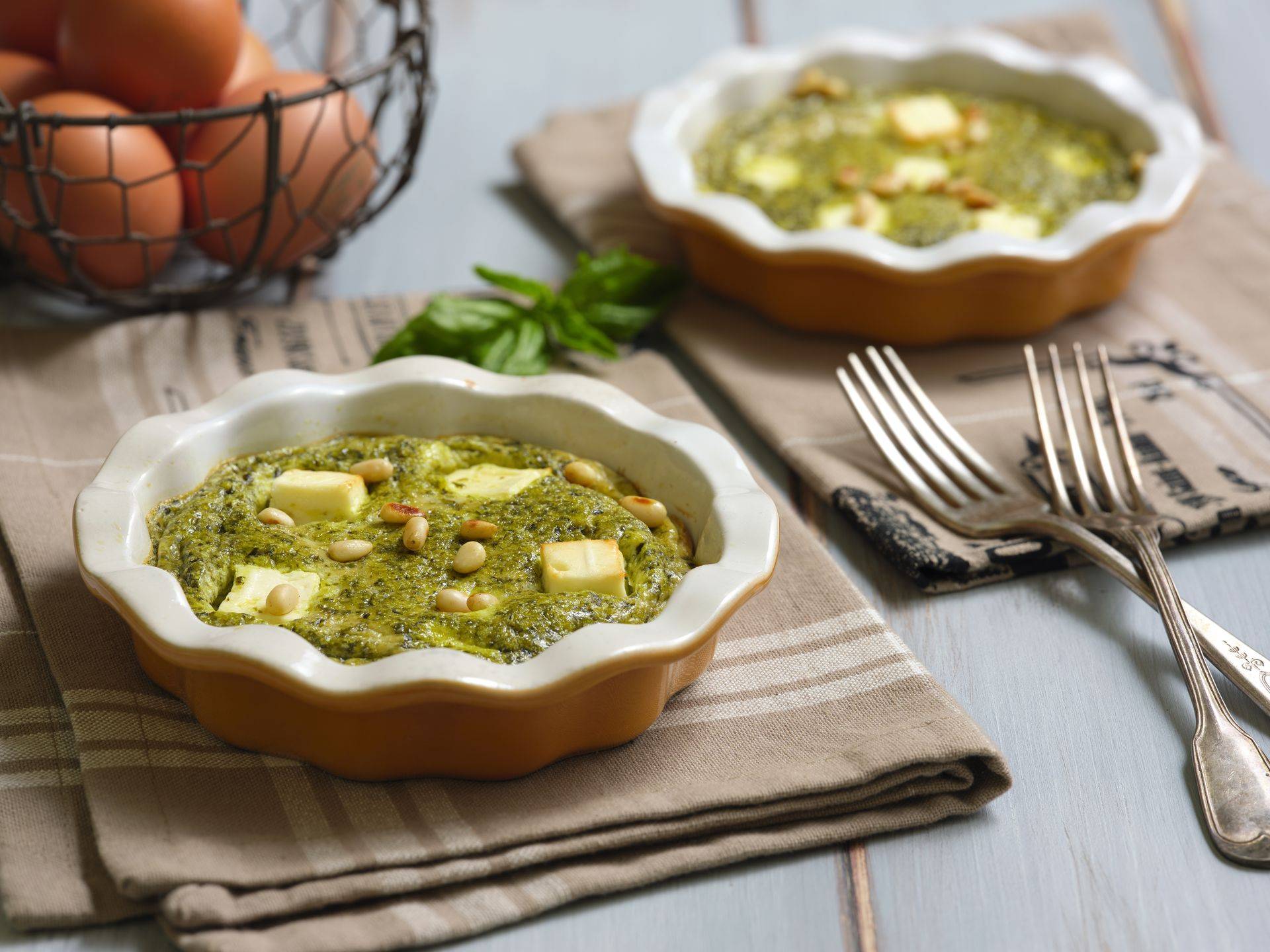.jpeg)
Does Gluten Harm Everyone? Everything You Need to Know
Does gluten cause harm? Is it a harmful element for everyone's diet? Let's explore together the nutritional values and properties of this increasingly debated nutrient.
Gluten is a component found in many foods. There are people for whom gluten is harmful, and they are therefore forced to limit or completely eliminate its intake. This has led to the belief that eating gluten is harmful to everyone and that this ingredient is highly detrimental to health.
But what is gluten? In which types of foods is it found? And most importantly, does gluten really harm health? Let's find out together.
What is Gluten?
Gluten is a protein complex found in many cereals such as wheat, rye, barley, spelt, kamut, and farro.
It forms when gliadins and glutenins, the insoluble proteins it consists of, come into contact with water, forming this lipoprotein substance that gives viscosity, elasticity, and cohesion to bread dough and food industry products.
Does Gluten Harm Everyone: Truth or Urban Legend?
In recent times, the common opinion that a gluten-free diet is healthier than one containing gluten has spread, leading to the trend of buying gluten-free products, contributing to the belief that gluten is harmful.
To date, there is no scientific rationale justifying the elimination of gluten, except for reasons of confirmed intolerance.
There are no scientifically proven benefits of a gluten-free diet: in a healthy and balanced diet, on the contrary, exclusively consuming gluten-free products (baked goods and packaged foods) means increasing fat intake and calorie intake.
So, even in a weight-loss diet, it's certainly not helpful!
While gluten is harmful to health for someone with celiac disease, it is vital to exclude gluten; for a healthy individual, varying food choices at the table is essential.
In fact, consistent with a healthy and adequate Mediterranean diet, even excessive consumption or preference for only gluten-containing cereals (and derivatives) is wrong.
When Gluten Harms: Celiac Disease
Gliadin (wheat prolamine) is responsible for the toxic effect on celiacs; similar proteins, with the same effect on celiacs, are also found in barley, rye, and other cereals.
Celiac Disease (or gluten intolerance) is a chronic inflammation of the small intestine, triggered by the ingestion of gluten in genetically predisposed subjects.
The prevalence in the general Italian population is around 1%, a number certainly underestimated given that about 5 out of 6 celiacs remain undiagnosed.
Symptoms of Celiac Disease
Celiac disease is a complex pathological condition characterized by a wide range of symptoms, from chronic diarrhea to vomiting to loss of appetite, from delayed growth in pediatric age to weight loss and numerous other atypical manifestations.
The pathogenesis is not entirely clear, but it is known that both internal, genetic factors and external factors, i.e., the presence of gluten in the diet, contribute to the onset of celiac disease. Gluten intolerance causes serious damage to the intestinal mucosa such as atrophy of the intestinal villi; the only therapy that guarantees a celiac a good state of health is a gluten-free diet, carefully conducted for life.
A gluten-free diet defines the treatment of celiac disease based on the elimination diet of all cereals (and packaged foods) containing gluten.
When Gluten Harms Even if You're Not Celiac: Gluten Sensitivity
In recent times, a syndrome called "gluten sensitivity" or better "non-celiac gluten sensitivity (NCGS)" has been described, a disorder characterized by symptoms related to the ingestion of gluten in non-celiac subjects. In this case too, given the many pathogenetic and diagnostic aspects still unclear, it is preferable to avoid total and long-term elimination of gluten.
Healthy individuals who deliberately choose to eliminate gluten also run the risk of not being able to easily diagnose celiac disease, if it really exists, in addition to having a diet unnecessarily deprived of a nutrient that naturally enriches their diet.
Gluten-Free Foods: An Alternative to Varying the Diet Healthily
Moderating the presence of gluten is strongly recommended even for healthy subjects; simply alternating legumes, cereals, and pseudocereals (which are naturally gluten-free foods, such as rice, corn, buckwheat, amaranth, millet, teff, quinoa, and sorghum) is sufficient. It is therefore not necessarily necessary to resort to purchasing gluten-free products to vary one's diet healthily, as
It remains a good rule to avoid excessive exposure, reducing the prevalence of pasta and bread (products made from refined flours) and the consumption of products aimed at vegetarians/vegans such as seitan or "wheat muscle."
Alternative Solutions: Gluten-Free Products
As we have already mentioned, gluten is a harmless protein complex.
To have a varied and balanced diet, consuming products that also contain other nutrients is the best choice for one's health, even if not affected by celiac disease.
There are many gluten-free products, such as pasta and flour without gluten. Let's explore them more thoroughly together.
Gluten-Free Pasta: The Ideal Solution for Varying Without Giving Up This Product
Gluten-free pasta is ideal for celiacs but can also be used by anyone who wants to enrich their diet with different grains without giving up the pleasure of pasta.
Bioitalia's multicereal pasta without gluten stands out from all the others both for the recipe that makes it as tasty as durum wheat pasta and because it maintains its cooking without becoming mushy.
It contains 4 different selected ingredients: quinoa, buckwheat, corn, and rice.
Buckwheat and quinoa flours stand out from common cereals for the high biological value of their proteins (14-15% compared to 9% of soft wheat), which contain the eight essential amino acids in optimal proportions, including lysine (present in higher % than those of eggs and all other cereals) and methionine (in quinoa).
Both contain a higher quantity of slowly digestible starch and are therefore particularly suitable in the diet of diabetics.
They are an excellent source of fiber, minerals, and vitamins:
buckwheat is rich in phosphorus, calcium, iron, copper, magnesium, potassium, and also contains important B vitamins
quinoa is a source of magnesium, vitamin C, and vitamin E; given its high fiber content (7 g per 100 g), it is indicated in hypocaloric diets and for improving intestinal transit.
Multicereal pasta is very digestible and is suitable both for vegetarian/vegan diets and for the athlete's diet.
Gluten-Free Flours: Main Types and Properties
Buckwheat, corn, and rice flours are naturally gluten-free.
Excellent substitutes for wheat flour in the celiac's diet, but also possible alternatives for anyone who loves homemade preparations.
Buckwheat flour is ideal for making pasta, cookies, and naturally unleavened bread. It is rich in protein (11 g of protein per 100 g of product) and dietary fiber (6 g per 100 g).
Corn and rice flours contain a lower protein content (about 6 g per 100 g), are ideal for making sweets and cookies, and, due to their high starch content, are perfect for thickening and compacting dough, both sweet and savory.






